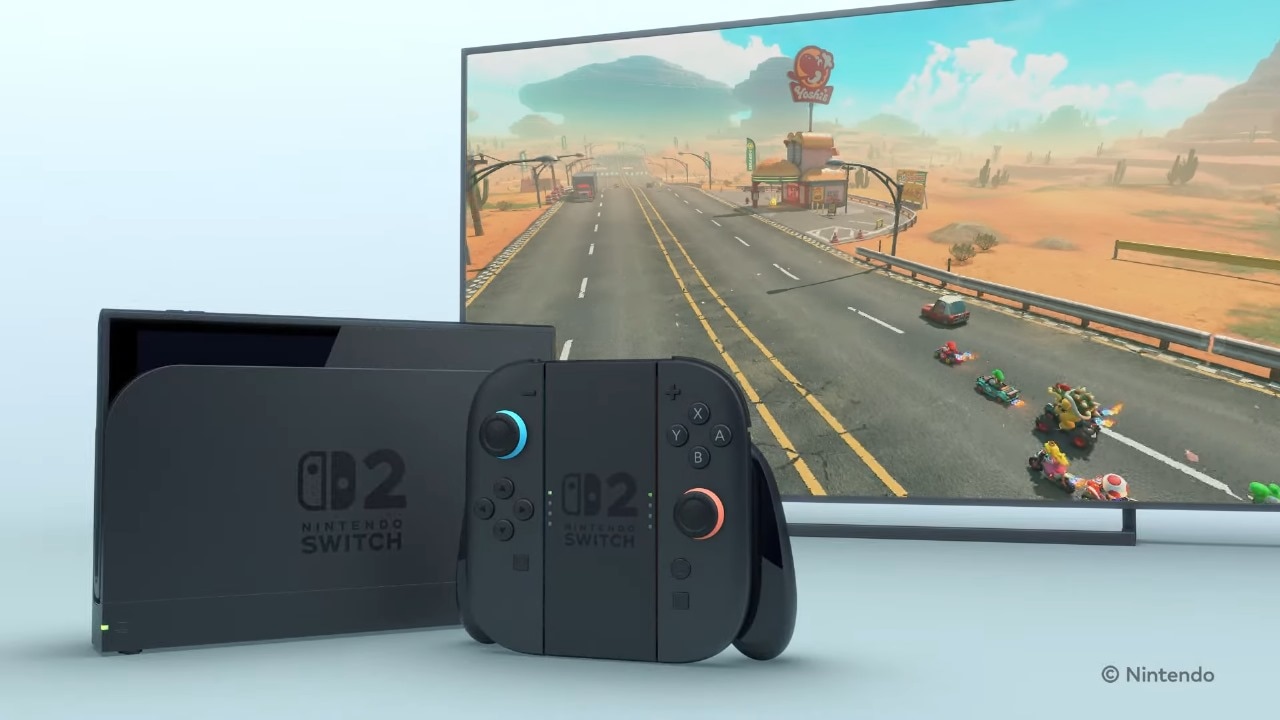Anuj Bhatia is a personal technology writer at indianexpress.com who has been covering smartphones, personal computers, gaming, apps, and lifestyle tech actively since 2011. He specialises in writing longer-form feature articles and explainers on trending tech topics. His unique interests encompass delving into vintage tech, retro gaming and composing in-depth narratives on the intersection of history, technology, and popular culture. He covers major international tech conferences and product launches from the world's biggest and most valuable tech brands including Apple, Google and others. At the same time, he also extensively covers indie, home-grown tech startups. Prior to joining The Indian Express in late 2016, he served as a senior tech writer at My Mobile magazine and previously held roles as a reviewer and tech writer at Gizbot. Anuj holds a postgraduate degree from Banaras Hindu University. You can find Anuj on Linkedin. Email: anuj.bhatia@indianexpress.com ... Read More
With Switch 2, Nintendo takes a page out of Apple’s playbook to lead the gaming market
Nintendo's Switch 2 will make the company more like Apple than it was a few years ago.
 Nintendo will share more details in a Nintendo Switch 2-focused Direct on April 2nd, 2025. (Image credit: Nintendo)
Nintendo will share more details in a Nintendo Switch 2-focused Direct on April 2nd, 2025. (Image credit: Nintendo)Nintendo on Thursday unveiled the Switch 2, its next-generation console, which aims to attract users beyond just video gamers and geeks in its broadest push possible.
The Switch 2 is the most significant product launch by the Japanese gaming giant, known for iconic gaming franchises such as Super Mario Bros. and The Legend of Zelda. Nintendo’s last major hardware release was in 2017 with the launch of the original Switch, which sold 146.04 million units, making it the company’s second-highest-selling video game system, behind the original Nintendo DS.
 The Switch 2 looks very similar to the original Switch, but it’s bigger in size. The Joy-Con controllers are black with coloured accents, and they attach to the console magnetically. There’s a new button under the home button on the right Joy-Con, and a new USB-C port on top of the console. Meanwhile, the Joy-Cons will be used similarly to a mouse, as had been leaked earlier—a new gimmick that Nintendo has up its sleeve.
The Switch 2 looks very similar to the original Switch, but it’s bigger in size. The Joy-Con controllers are black with coloured accents, and they attach to the console magnetically. There’s a new button under the home button on the right Joy-Con, and a new USB-C port on top of the console. Meanwhile, the Joy-Cons will be used similarly to a mouse, as had been leaked earlier—a new gimmick that Nintendo has up its sleeve.
While the new console may look familiar, the kickstand has a new design, shaped more like a “U.” The dock for the Switch 2 has a more rounded design, and there will also be a separate controller grip into which you can snap the Joy-Cons.
Nintendo didn’t reveal a full lineup of games for the Switch 2. However, it did show off a new Mario Kart title. The console will be backwards compatible with both physical and digital Nintendo Switch games—though the video cautions that “certain Nintendo Switch games may not be supported on or fully compatible with Nintendo Switch 2.”
 The Switch 2 is bigger than the original Switch, and comes with a newly designed Dock. (Image credit: Nintendo/YouTube)
The Switch 2 is bigger than the original Switch, and comes with a newly designed Dock. (Image credit: Nintendo/YouTube)
Nintendo hasn’t given a specific release date for the console besides “2025,” but it plans to reveal more details on April 2, 2025.
The Switch 2 will serve as a test ground for Nintendo to expand the brand and follow a path similar to how Apple built on the success of the iPhone. With the Switch 2, Nintendo has taken a safe approach, as the new console is built on the successful formula of the original Switch—a console that can be played on the go and at home. The hybrid nature of the Switch is what resonated with consumers in the first place. By sticking to the same design for the Switch 2 and offering an iterative update, the company is banking on the Switch’s massive user base, rather than completely reinventing the concept.
Nintendo’s big hopes rest on the success of the new Switch. Its closed ecosystem, tight control over the narrative, and exclusive lineup of family-friendly games may help boost console sales.
Nintendo has been a different company, and its business model is distinct from close rivals such as Sony Corp. and Microsoft. Although traditionally seen as a gaming company, Nintendo now resembles more of an entertainment company, bringing it closer to Disney. Over the years, Nintendo has been trying to branch into theme parks and movie production. While gaming is core to the company, Nintendo focuses more on the overall experience, a philosophy similar to the one followed by Apple.








